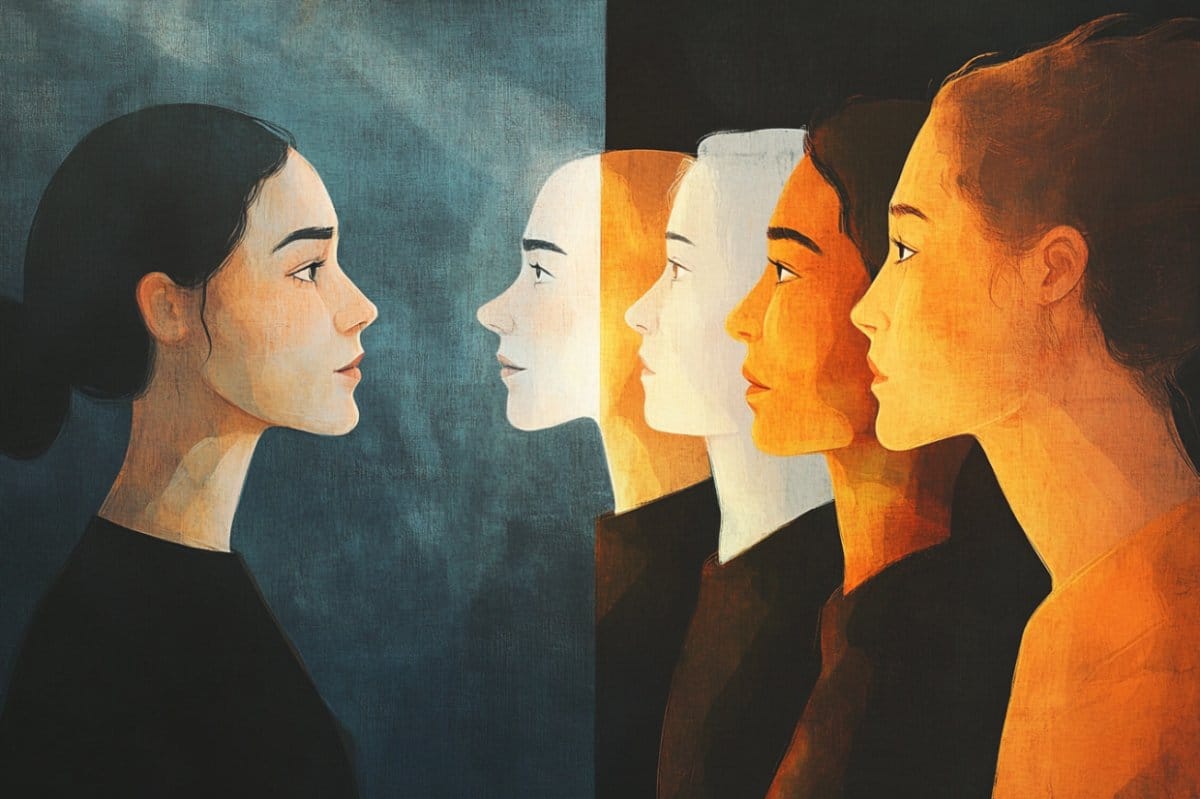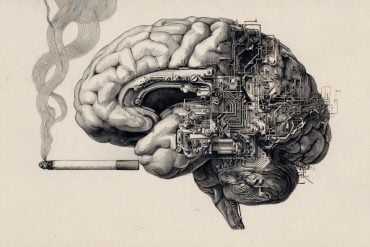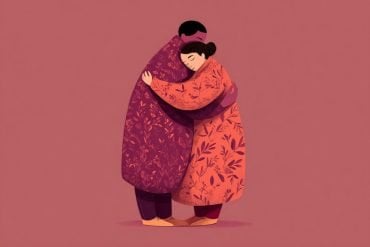Summary: People are more likely to choose to empathize with groups rather than individuals, even though they find empathizing equally difficult in both scenarios. Using a card-based empathy selection task, participants opted to empathize 53% of the time when shown groups, versus just 34% for individuals.
Researchers suggest that groups provide more contextual information, making empathizing feel more intuitive or meaningful. Despite the higher emotional effort involved, participants rated their ability to empathize with groups as more effective, potentially encouraging their choice.
Key Facts:
- Empathy Choices: Participants were significantly more likely to choose to empathize with groups (53%) than individuals (34%).
- Emotional Effort: Empathizing was rated as effortful and distressing in both cases, yet still preferred for groups.
- Context Matters: Groups may offer more cues and context, making empathy feel more effective and rewarding.
Source: Frontiers
What makes us care about others?
Scientists studying empathy have found that people are more likely to choose to empathize with groups rather than individuals, even though they find empathizing equally difficult and uncomfortable in both cases.
The scientists suggest that the sight of groups of people could offer more context information which helps people decide whether to empathize, and therefore increases the chances that they choose to do so.
“People’s willingness to empathize is different depending on who the target is: a single individual or a group of people,” said Dr Hajdi Moche of Linköping University, Sweden, lead author of the article in Frontiers in Psychology.
“Specifically, people were more willing to empathize with a group than an individual, although empathizing was rated as more effortful and distressing compared to staying objective – for both the individual and the group.”
What is empathy?
The researchers defined empathy as understanding, feeling, and sharing in another’s world, while maintaining the understanding that it’s not the same as your world.
Empathy can come at a price, whether it’s paid in time, money, or emotion: feeling others’ pain tends to be painful. They wanted to learn whether people were more likely to choose to pay this price when they were dealing with individuals or with groups.
Although an experiment in the lab doesn’t equate directly to the choices someone might make in real life, understanding how people empathize differently with groups and individuals could help us understand the part that empathy plays in natural disasters or wars.
To investigate this, the researchers recruited 296 participants to take part in an experiment called the Empathy Selection Task, which invites participants to choose between two decks of cards, one of which will ask them to empathize and one of which will ask them to remain objective. Their willingness to empathize is gauged by how often they choose the empathy deck.
Pick a card
Each participant underwent a two-block test – one block of pictures of individuals and one of groups. Each block had 20 different stock photos depicting a diverse range of people, with (as far as possible) neutral expressions and plain backgrounds. Participants were given the two decks and asked to choose a card from one of them.
Then they were given a picture to react to, writing down three keywords that described either the feelings of the people in the images or their external appearance. After each block, participants were asked questions which aimed to understand their experience of performing the tasks.
The scientists found that participants chose to avoid empathizing more often during the block of individual pictures, choosing to empathize 34% of the time on average. However, during the block of group pictures, they chose to empathize 53% of the time.
Even though they found empathizing harder and more distressing than staying objective, participants chose to pay that price more often during the test of group images.
“The task of trying to share the internal experiences of the other requires more effort, imagination, and understanding of what the person might feel compared to describing external features like hair color,” said Moche.
“To share in the internal experiences might be especially hard when the information at hand is only a neutral facial expression without any body language or background context.”
Choosing to care
It’s possible that the group pictures, containing multiple people, both provide more context for participants to help them empathize and make describing feel more effortful, so that empathizing becomes easier by comparison – participants reported that describing groups was harder than describing individuals.
Participants also rated their own effectiveness in empathizing with groups higher: this could have boosted their confidence and encouraged them to empathize.
It’s also possible that the neutral facial expressions and lack of body language in the individual pictures made it harder to understand people’s feelings and discouraged people from choosing to try. Different facial expressions or different amounts of context information might affect the choices people make.
“It would be interesting to test this further by directly pitting the individual and group against each other and letting participants choose which of these they would prefer to empathize with, and then in another round, which one they would prefer to stay objective in relation to,” concluded Moche.
“In this way, we would have a direct comparison in willingness to empathize when the target is an individual versus a group of people.”
About this empathy and social neuroscience research news
Author: Angharad Brewer Gillham
Source: Frontiers
Contact: Angharad Brewer Gillham – Frontiers
Image: The image is credited to Neuroscience News
Original Research: Open access.
“To empathize with a group or an individual? Investigating the role of cognitive cost and distress in empathy choice” by Hajdi Moche et al. Frontiers in Psychology
Abstract
To empathize with a group or an individual? Investigating the role of cognitive cost and distress in empathy choice
Why do we feel empathy in certain situations, but not others? Previous research has found that people often avoid empathizing when perceived as costly.
This study aims to replicate and extend these findings by investigating whether the choice to empathize differs between a group or an individual.
Following the empathy selection task paradigm, participants (N = 296) in a within-subject experiment made a series of free choices (empathy choice) selecting whether to engage in empathy or stay objective concerning a single individual and a group of individuals.
They also rated perceived cognitive cost and distress concerning empathizing and staying objective.
The results show that participants chose to remain objective more often than empathizing in the individual condition along with rating high levels of cognitive effort and distress. In contrast, participants in the group condition more often chose to empathize despite also rating it as more effortful and distressing.
We discuss the importance of contextual factors as a main contributor to the difference in empathy choice between group and individual targets.








